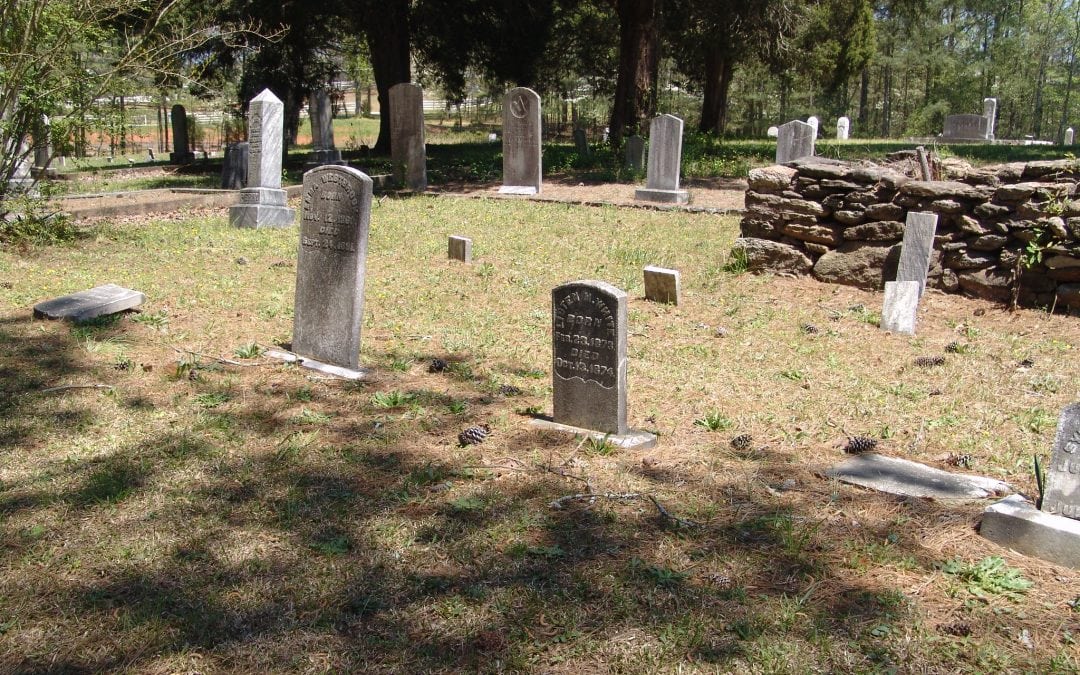Embalming is a common practice in the United States funeral industry, involving the use of chemicals to temporarily preserve a body after death. While embalming has become almost routine for traditional burials, many people are starting to question its environmental impact. This has led to a growing interest in eco-friendly alternatives such as green burial, including places like Milton Fields in Georgia. In this blog post, we will examine the environmental harm caused by embalming, compare green burial with traditional burial practices, and highlight Milton Fields as a model for environmentally conscious choices.
The Environmental Cost of Embalming
Embalming typically involves injecting a mixture of chemicals—mostly formaldehyde, methanol, and other solvents—into the body to slow down decomposition. While this might make the deceased appear more presentable for funeral services, these chemicals pose serious risks once the body is buried. Formaldehyde is a known carcinogen, which means it can cause cancer. When an embalmed body is placed in the ground, the chemicals can leach into the soil and groundwater, polluting the environment and potentially harming plants, animals, and even people.
In addition to soil and water contamination, embalming contributes to the overall pollution caused by traditional burial practices. The process uses non-renewable resources both in the chemicals themselves and in the energy required for preparation. Furthermore, the need for caskets made of hardwoods, metals, and synthetic materials, as well as concrete burial vaults, increases the environmental footprint of each burial. All these materials are manufactured using energy-intensive processes, which contribute to air pollution and climate change.
Green Burial vs. Traditional Burial
Green burial is an environmentally friendly alternative to traditional burial practices. In a green burial, the body is not embalmed and is typically placed in a biodegradable casket or simply shrouded in cloth before being laid to rest in the earth. No vaults, toxic chemicals, or non-biodegradable materials are used. The goal is to allow the body to return to nature and decompose naturally, enriching the soil and nurturing plant life.
In contrast, traditional burial often involves embalming, non-biodegradable caskets, concrete vaults, and manicured lawns maintained with fertilizers and pesticides. These aspects not only harm the environment but also disrupt local ecosystems. Traditional cemeteries require constant upkeep, which means regular mowing, watering, and chemical treatments, all of which negatively impact the surrounding area.
Green burial, on the other hand, aims to preserve natural habitats and minimize human impact on the land. Sites like Milton Fields in Georgia offer spaces where the landscape remains mostly untouched, allowing native plants and animals to thrive. In a green burial ground, the grave markers may be simple stones or native plants, and the overall environment resembles a natural meadow or forest rather than a manicured cemetery.
Milton Fields: An Eco-Friendly Choice
Milton Fields, located in Georgia, serves as an example of a green burial ground. It provides families with the option to bury loved ones using practices intended to minimize environmental impact. Milton Fields does not permit embalming or concrete vaults; only biodegradable materials are utilized. The cemetery is designed to blend with the natural landscape, supporting local wildlife and plant life.
Selecting Milton Fields or a similar green burial site involves choosing an alternative that aims to reduce pollution and conserve resources. Such sites maintain natural areas that may be accessible to future generations. Embalming poses environmental risks due to the use of toxic chemicals and the resultant pollution. Conventional burial practices further contribute to these concerns by utilizing non-biodegradable materials and maintaining cemeteries in ways that disturb natural ecosystems. Green burial, exemplified by locations such as Milton Fields in Georgia, provides a sustainable alternative that honors both the deceased and the environment. By learning about these choices, we can make more informed decisions that protect the environment for years to come.
If you have questions about green burials or would like to tour Milton Fields of Georgia, please reach out to us today to make an appointment.
Additional Resources on Embalming vs. Natural Burial
Choosing Burial Without Embalming: What You Need to Know Before Making a Decision
